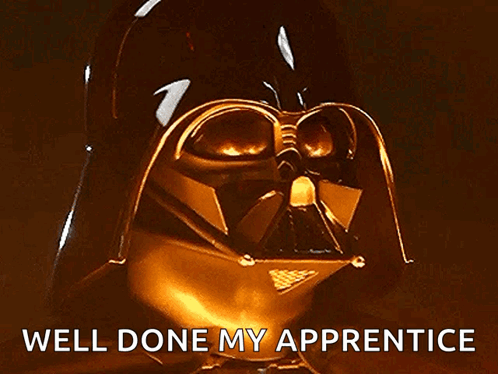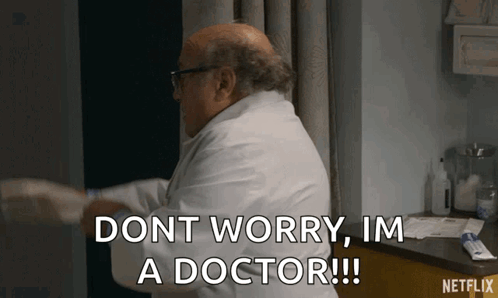From Apprenticeships to Match Week: The Evolution of Medical Residency

Welcome Back VSJ Community,
In honor of this week’s residency placements, we’re stepping into the fascinating history of medical residency—one of the most defining aspects of a physician's career. While today’s system may feel like a well-oiled machine (well… sort of), it took over a century of reform, innovation, and even controversy to become what we know today. So as thousands of future doctors celebrate their match, let’s rewind and reflect on where this journey began and how it shaped modern medicine.
From Bedside Learning to Formalized Training
The concept of residency originated in the late 19th and early 20th centuries. Before that, young doctors often learned through informal apprenticeships or brief hospital internships. The term residency came from the fact that young physicians literally "resided" in the hospital—often working long hours and living on-site.
It was Johns Hopkins Hospital in 1889 that really pioneered the residency model under the guidance of Sir William Osler. He believed physicians should learn by doing, not just by watching or reading. Osler’s philosophy created a hands-on, structured training system where residents could build real experience after earning their medical degree.

Evolution and Expansion Through the 20th Century
By the 1930s and 1940s, residency began to standardize across specialties. The American Medical Association (AMA) and other regulatory bodies began laying down expectations for postgraduate training. The Flexner Report of 1910, though more focused on undergraduate medical education, set the stage for reform by pushing for scientific rigor and institutional oversight, trickling up to residency as well.
However, it wasn’t until after World War II that residency training became essential and expected. As the medical field grew more specialized, so did the need for advanced post-graduate training. And thus, formal residency programs with clearly defined durations and curricula became the norm.
Match Day and the National Residency Matching Program (NRMP)
The NRMP was born in 1952 to solve a growing crisis: medical students were being pressured to accept residency offers earlier and earlier—sometimes before finishing medical school. This caused chaos and misalignment between applicants and programs. The NRMP introduced a computer-based algorithm to pair students with residencies in a fair, efficient way.
Today, Match Week represents a rite of passage for medical students across the country. With over 40,000 applicants and more than 5,000 residency programs participating annually, it’s a massive operation. While the pressure is real, so is the celebration of finding one’s place in the world of medicine.

Understanding the history of residency helps us appreciate the rigorous system we’ve inherited—and how it has (and hasn’t) adapted over time. From humble beginnings to highly competitive placements, residency has shaped the quality, specialization, and delivery of modern healthcare.
It also reminds us that training systems are not set in stone. As we look ahead to issues like resident burnout, work-life balance, and diversity in medicine, history provides the blueprint for reform and progress.
Spotlight on Future Applications
- Technology in Training: Virtual simulations and AI-guided procedures may soon supplement traditional learning.
- Global Models: Other countries are testing competency-based, rather than time-based, residency programs.
- Wellness Movements: New generations of doctors are pushing for humane schedules, better support, and mental health initiatives.
A Journey Worth the Miles
As thousands of new doctors get ready to walk into their first day of residency, it’s worth remembering that they’re stepping into a system built over decades by giants like Osler, shaped by necessity, and refined by reform. Residency is not just training—it’s transformation.
So here’s to Match Week. To every student who matched, every mentor who guided them, and every patient who will benefit. You are part of a legacy.

Reflection Questions
- How has the original vision of residency training evolved to fit the needs of modern medicine?
- What are the biggest strengths and limitations of today's residency system?
- How should medical education continue to adapt to better serve both doctors and patients?
Final Thoughts from the Editor
At the heart of every white coat and night shift is a story centuries in the making. Residency isn’t just a training phase—it’s a rite of passage, forged by tradition and adapted through necessity. As we watch a new generation take their first steps this Match Week, we’re reminded that the history of medicine is still being written—patient by patient, shift by shift, dream by dream.
From the candlelit wards of the past to today’s high-tech hospitals, the journey continues. And we at the Varrock Street Journal are honored to walk beside you as we explore the stories that shaped it all.
Until next week—keep asking, keep learning, and keep honoring the legacy.
— The Varrock Street Journal Team
